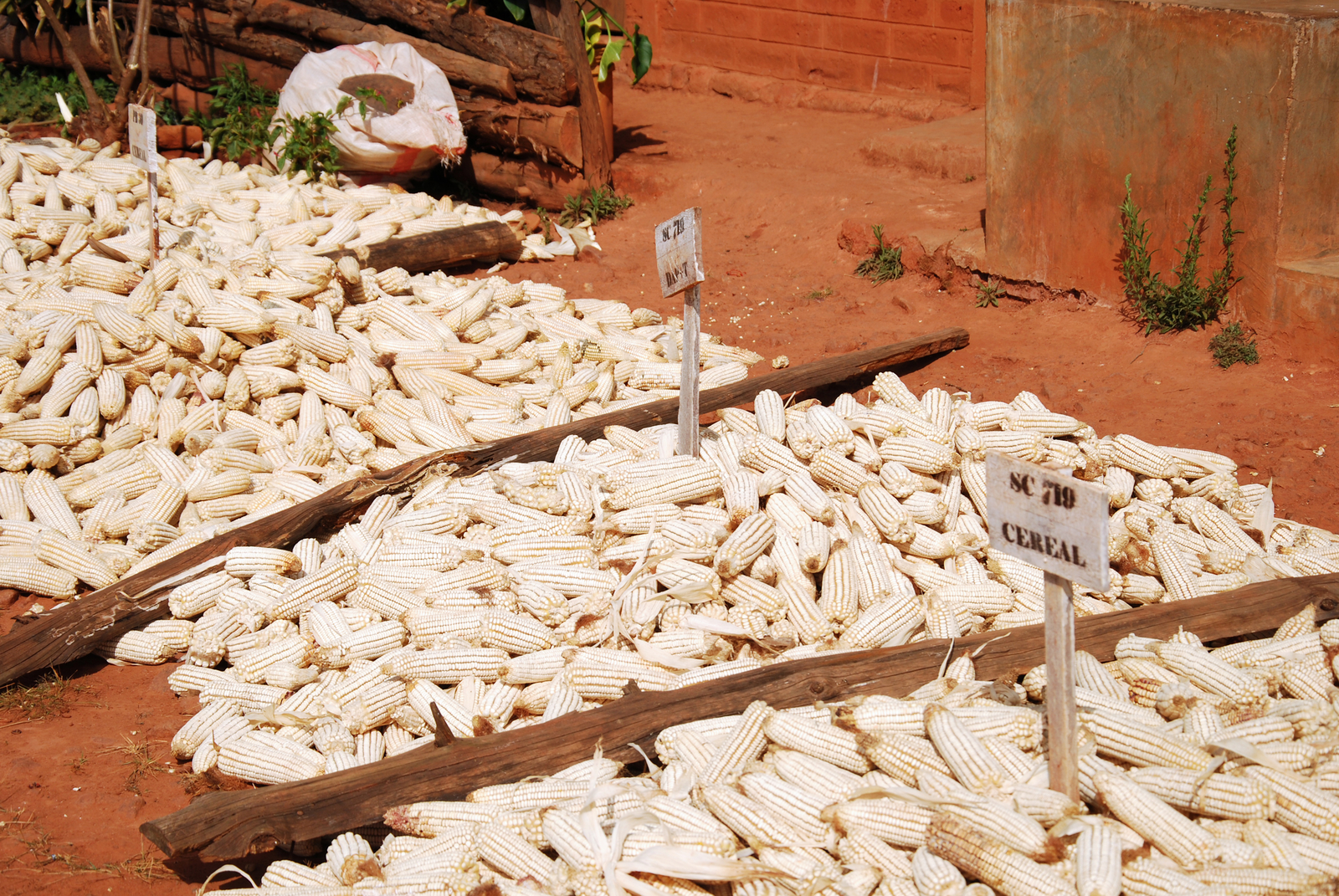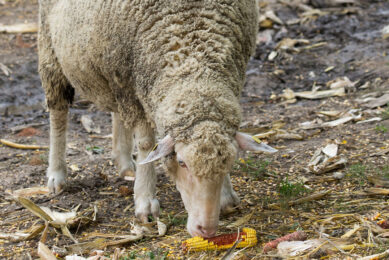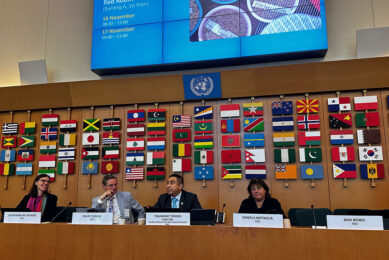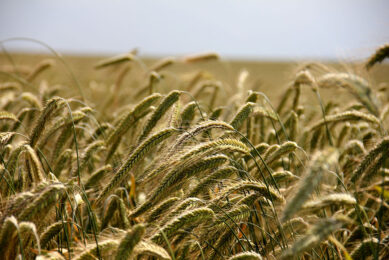Africa: The feed situation in Kenya and Tanzania

There are numerous systemic issues that constrain the growth of the African feed industry. A common vision for governments and the industry is required to address the challenge and to put policies and standards in place that will drive the process to integrate and consolidate based on a level playing field that guarantees fair competition and credible standards and enforcement.
To assure order and sanity in the sector, it calls for a more proactive government role, and for the formal private sector to organise itself in effective industry associations and alliances for self-regulation and lobbying for government regulation and surveillance. An inadequate regulatory environment and policies, the role of insufficiently funded and mandated sector institutions and industry associations, feed ingredient supply chain and procurement constraints, control of feed quality and food safety practices in manufactured feeds and livestock production and the insufficient level of education, training and knowledge are just some of the major challenges that the Kenyan and Tanzanian feed industries currently face. In most cases, however, these challenges are related to those that are particular to other African countries.
Regulatory environment and policies
The regulatory framework and bodies in many African feed industries are fragmented and segmented, ineffective and not comprehensive. All these factors, combined with limited financial resources in both public and private sector organisations, appear to prohibit an integrated approach for effective legislation and enforcement. Stakeholders are unable to effectively align and interact within the same system, as they are operating at different stages of development and maturity.
Governments should take a leading role in creating the necessary structure and legislation in respect of raw material imports and quality standards, chain management and licensing of feed manufacturers. A solid animal feed regulation should be put in place that sets and enforces minimum standards for raw material importers/traders and feed manufacturers, regarding product and processing specifications and standards for buildings and infrastructure. However, even in the absence of effective government regulation and enforcement, there is scope for self-regulation.
Sector institutions and industry associations
To fill the institutional gap that was created where the animal feed sector has been liberalised, a properly funded and mandated animal feed association, managed by the private sector with support and supervision from government, can manage numerous obstacles that are plaguing the animal feed sector in Africa.
Such an organisation can be delegated to assist in drafting legislation and regulations, obtain membership with binding conditions for the members, introduce sector-wide self-regulation and hazard analysis and critical control point (HACCP) systems, audit and enforce standards and regulations and impose and collect levies and fees from their members for financing of the association’s operations.
Such an association will also combine all policy, regulatory and sector development issues in one institution, and would have representation from all major stakeholders in the feed sector, i.e. raw material and pre-mix suppliers as well as feed manufacturers. A strong feed industry association cannot be expected to govern the sector, but will be more able to lobby the government, once it is recognised as a seriously driven organisation that officially represents the entire industry.
Leading animal feed manufacturers should co-operate to create the necessary structure and legislation for further development of their country’s feed sector. They should be willing to take the lead in bringing strong leadership to their animal feed association, and self-finance a well-equipped and highly skilled secretariat. Currently the role of feed industry organisations is marginalised and they are completely underfunded with few or no resources.
Raw material supply chains and procurement constrains
The African feed industry requires a proper strategy for its overall procurement process in order to ensure a more cost-effective model for sourcing raw ingredients.
The constraints in the supply chain of feed ingredients with limited access to competitively priced and consistently available quality raw materials, both locally and globally, are but a few of the numerous challenges experienced. More than 70% of the ingredients used by the feed manufacturing industry in Kenya for instance, are raw materials imported from neighbouring countries. This is not sustainable given the development of the livestock and feed manufacturing sector in such countries, and the inconsistency and seasonality in supply, quality and composition of the raw materials in terms of nutritional value and contaminants.
Somehow a quality-controlled reserve supply of raw materials needs to be set up for the country’s feed industry, in order to enhance quality and reduce the substantial seasonal fluctuations in availability and price. Although feed product standards have been defined, the quality standard framework for raw materials remains inadequate, something which makes it difficult to enforce controls on the quality of raw materials imported into the country.
High taxes, import duties and port costs for globally sourced ingredients are further major constraints that act as a disincentive to trade and invest. Access of feed manufacturers to year-round quality raw materials can be improved by reforms in import regulations and duties, as well as stimulating the local production and processing of raw materials. This will make African feed industries less dependent on raw materials from varying quality and availability, and having to source its raw ingredients from other countries.
Zero-rated import, for instance of protein-rich products, yellow maize and possibly also GMO varieties, as well as the great need for storage facilities, are essential to ensure a growing and competitive feed industry and livestock sector.
Control of feed quality and food safety practices
In many African nations, food safety is a growing concern and for products from animal origin that are consumed by humans, the starting point is animal feed. With the exception of in-house systems of a few large feed manufacturers, no comprehensive HACCP or good manufacturing practice (GMP) system is in place for the feed sector for quality assurance of supply chains, processing operations, feed formulation and marketing/distribution. External auditing is virtually absent, with no standards for raw materials and no labelling of products.
Although a reasonable protocol for end products is often followed on paper, standards and guidelines are generally insufficient and not properly executed, enforced or maintained in practice. It appears that only large-scale mills that already make efforts to comply with regulations are audited and that the informal sector is not targeted or simply ignores conformance to standards. In addition, there are no credible laboratories to ensure the quality of animal feed via regular, reliable and rapid feed testing, and the scope of parameters that can be analysed by local laboratories is too narrow.
Knowledge, education and technology levels
Investment in innovation, knowledge and skills for commercial feed production is recommended as one of the most strategic and key intervention strategies for the African feed sector. The lack of an effective institutional environment for training of staff across the feed industry is also a major bottleneck. There is a serious gap in the demand and need of the sector in terms of skilled labour, and what is available in the market in terms of training courses and modules.
Low profitability of smallholder farmers and the general lack of trust between farmers and feed millers also create perceptions that millers abuse farmers by supplying substandard feeds, which in turn affects the growth potential of the animal feed industry.
Major challenges related to the use and adoption of available technology to formulate diets that will perform optimally, are the availability and affordability of a comprehensive enough range of raw ingredients, research capacity, limited expertise within the field and the lack of good formulation programmes and feed models. These aspects finally result in the use of very basic and most often under-performing feeds.
A recommended option to improve the African feed industry would be to benchmark it with feed production in countries with a well-developed feed sector, and consider customising and implementing the regulatory guidelines and systems of a country such as South Africa to fit its expectations.
Furthermore, there exists a great need for a strong institution to govern the industry with regard to policy development, regulatory framework, systems for GMP, quality assurance/quality control (QA/QC) and auditing, feed quality control, training and investment. In this light, a properly funded and mandated industry association strongly supported at ministerial level could have the ability to engage and play a key role in the self-regulation of the animal feed sector.
This article has been reprinted from AFMA Matrix (March 2016).
Join 26,000+ subscribers
Subscribe to our newsletter to stay updated about all the need-to-know content in the feed sector, three times a week. Beheer
Beheer









 WP Admin
WP Admin  Bewerk bericht
Bewerk bericht